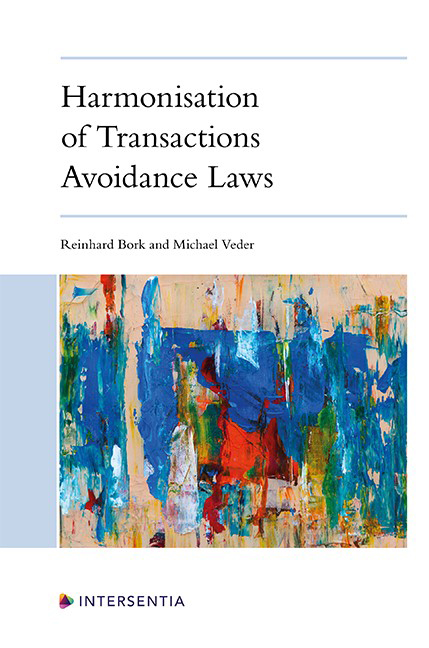Hungary
Published online by Cambridge University Press: 26 May 2022
Summary
A. INSOLVENCY LAW OF HUNGARY
Hungarian transactions avoidance law is contained in a single section (§40) of the Insolvency Act. This Act only covers corporate insolvency law; it only applies to companies and various other legal entities. A separate, more recent statute applies to the bankruptcy of natural persons. However, the latter statute contains no provisions on transactions avoidance.
B. SCOPE
Even in the field of corporate insolvency law, the scope of transactions avoidance law is limited to liquidation (winding-up) proceedings; §40 of the Insolvency Act does not apply to composition (restructuring) proceedings. In a composition proceeding, the Insolvency Practitioner can only avoid post-commencement transactions of the debtor if entered into without his approval. In addition, creditors can invoke the provisions of the Civil Code (such as the provision on actio pauliana or the provision on gross disproportion between performance and counter-performance) against pre- or post-commencement transactions of the debtor.
To transpose the European restructuring directive of 2019 and introduce pre-insolvency restructuring proceedings into Hungarian law, a new statute has recently been enacted, but this statute contains no provisions on transactions avoidance.
As far as corporate insolvency law is concerned, the implementation of the Model Law would not require changing the scope of Hungarian transactions avoidance law. The Model Law recommends including restructuring proceedings in the substantive scope of transactions avoidance law, but only where these proceedings are collective proceedings and require the substantive insolvency of the debtor. Composition (restructuring) proceedings do not require the substantive insolvency of the debtor. Quite the contrary, they can be initiated by the debtor without any proof of even likely or imminent insolvency. Nor would it be necessary to make transactions avoidance available in pre-insolvency restructuring proceedings, since they are not collective proceedings, although they require imminent inability to pay debts. However, the Hungarian legislator should consider extending the personal scope of transactions avoidance law to the bankruptcy of natural persons. Personal (consumer) bankruptcy proceedings have two stages. The compulsory first stage is an out-of-court proceeding coordinated by the debtor’s main creditor (typically the bank holding a mortgage over the debtor’s home).
- Type
- Chapter
- Information
- Harmonisation of Transactions Avoidance Laws , pp. 407 - 416Publisher: IntersentiaPrint publication year: 2022

